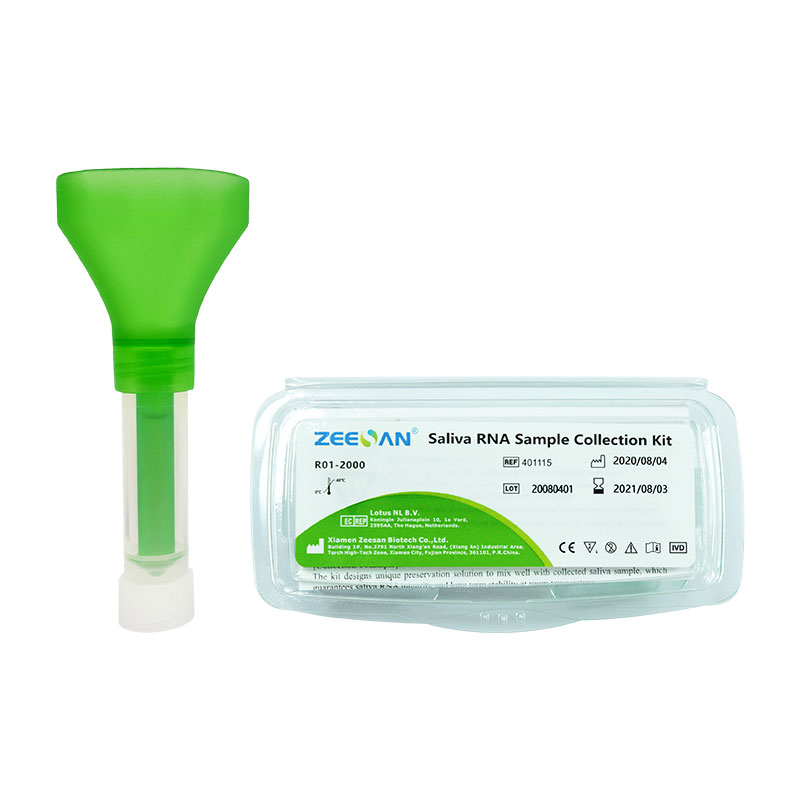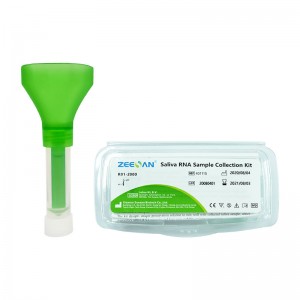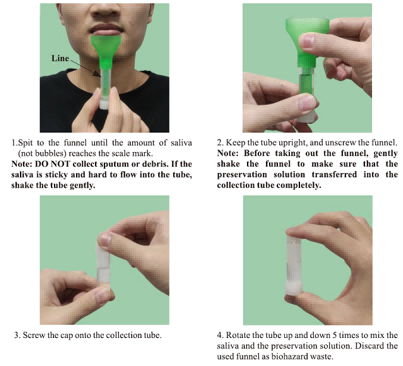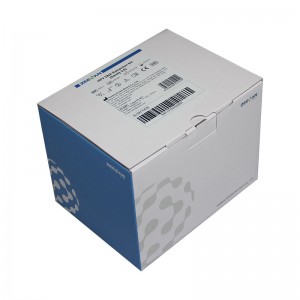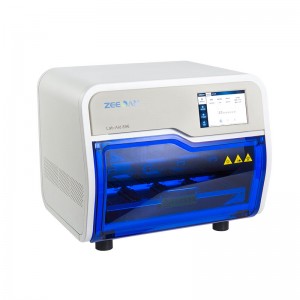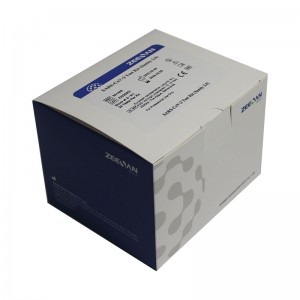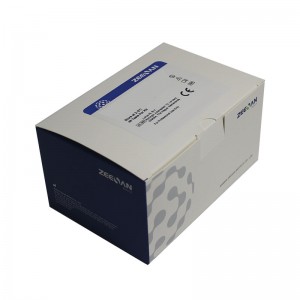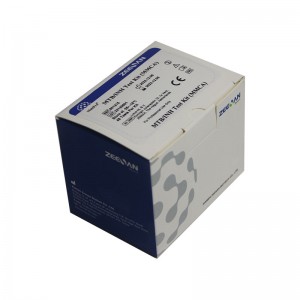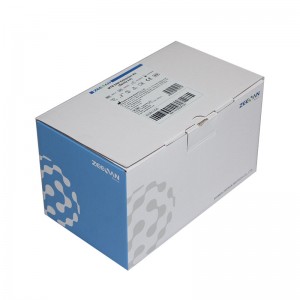
Product
Saliva RNA Sample Collection Kit
The Saliva RNA Sample Collection Kit is an all-in-one device for the collection, stabilization and transportation of saliva sample for RNA preservation.The kit designs unique preservation solution to mix well with collected saliva sample, which guarantees saliva RNA integrity and long-term stability at room temperature. It is ease-of-use, painless, non-invasive method of saliva collection.
Principle
The device can effectively maintain the RNA level of the sample and prevent the sample from being contaminated, thereby enhancing the dependability and consistency of your testing outcomes. The Saliva RNA Sample Collection Kit is designed to seamlessly integrate with both ZEESAN automated and manual extraction kits currently available. The extracted nucleic acids are suitable for a range of standard molecular testing methods, including RT-qPCR, qPCR, dPCR, and NGS. The kit contains a preservation solution which stabilizes nucleic acids in human saliva samples and prevent them from degradation over time.
Components: It is composed of funnel, collection tube, preservation solution and tube cap.
Collection: The Saliva RNA Sample Collection Kit is simple to use and can be used independently to collect samples in only few minutes. It can store 2ml saliva samples at one time, and the funnel + collection tube is designed to facilitate sample collection and prevent sample overflow.
Storage: The preservation solution possesses bacteriostatic properties that effectively inhibit bacterial growth during storage. Importantly, it is free of crosslinking agents or nucleic acid-modifying substances. The collected saliva sample can be stored at room temperature for 1 months or long-term storage below 8℃.
Workflow
CE-IVD Marked
Interested to Know More about Our Solution to Molecular Diagnostics?

